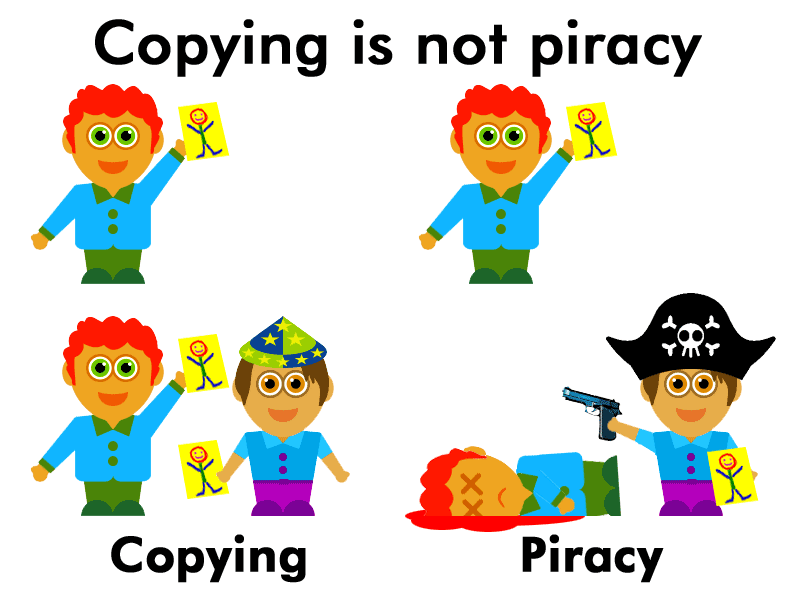For
fcuk's sake – brands are swearing more than ever
Marketing, branding, image and
salience are terms used together. Today, economies are blooming greatly around
the world, resulting in an improvement of lifestyle for many urban societies;
that has led to an increase of branding and imaging awareness amongst marketing
managers and even the consumers themselves. Comparing with the past, consumers
are now more able to think about the brands and their inherent meanings; having
a separate thought for simply ‘knowing’ the brand, and ‘purchasing’ the brand. (Romaniuk, 2004)
In
the past decades, marketing managers or businesses have been focusing on
creating an impact on buyers, be it by creating exciting catch phrases I.e.
using suggestive words like FCUK, making loud and colorful advertisements, or even
having questionable logos; all these actions are in the name of making people
aware of their brand, and perhaps in hopes to buy their products as a form of
loyalty or subscription to its cult. Ultimately, their goal was to garner as
much sales as possible, with the help of a one dimensional marketing tactic. Undoubtedly
the first step of marketing is to gain awareness with potential customers,
however managers have sometimes also left out the most important part of
marketing – that is, marketing ‘value’. (Chen, 2012)
Value
can come in many forms, value for money, valuation of the brand, value of
information, value of services – as a modern consumer, I am exposed to a myriad
of brands, however even if a brand has a catchy slogan, logo, or advertisement,
it does not mean that I will be a loyal customer; in fact, I would rather look
at the perceived value the product can give me. I believe that this is a result
of a long exposure to the internet and marketing concepts – causing me, and many
net users to be immune to simple tactics.
Branding,
like any other, should always be conveying a value to people. For instance, an
improement in lifestyle, an experience, a status symbol, cutting edge
technology, state of the art are all ways that brands coerce people to buy
their product today rather than simply using explosive tactics.
References
Romaniuk
J., Sharp B. (2004), Conceptualizing and measuring brand salience, University
of South Australia. Web. Date accessed: 6th June 2014.
Chen
H., e.t. al (2012), When More Is Less: The Impact of Base Value Neglect on
Consumer Preferences for Bonus Packs over Price Discounts, American Marketing
Association: Journal of Marketing. Web. Date accessed: 6th June
2014.



